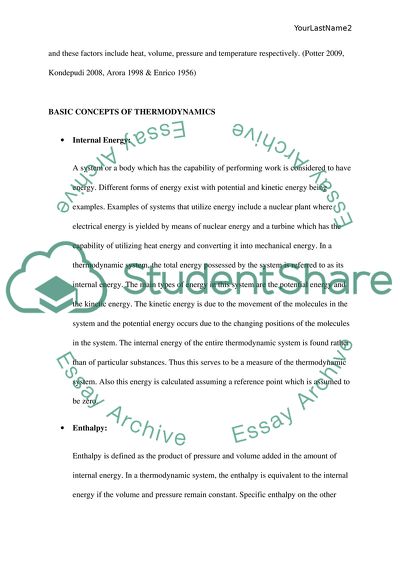Cite this document
(What Is Thermo-dynamics Research Paper Example | Topics and Well Written Essays - 3250 words, n.d.)
What Is Thermo-dynamics Research Paper Example | Topics and Well Written Essays - 3250 words. Retrieved from https://studentshare.org/technology/1740969-thermodynamics
What Is Thermo-dynamics Research Paper Example | Topics and Well Written Essays - 3250 words. Retrieved from https://studentshare.org/technology/1740969-thermodynamics
(What Is Thermo-Dynamics Research Paper Example | Topics and Well Written Essays - 3250 Words)
What Is Thermo-Dynamics Research Paper Example | Topics and Well Written Essays - 3250 Words. https://studentshare.org/technology/1740969-thermodynamics.
What Is Thermo-Dynamics Research Paper Example | Topics and Well Written Essays - 3250 Words. https://studentshare.org/technology/1740969-thermodynamics.
“What Is Thermo-Dynamics Research Paper Example | Topics and Well Written Essays - 3250 Words”, n.d. https://studentshare.org/technology/1740969-thermodynamics.


